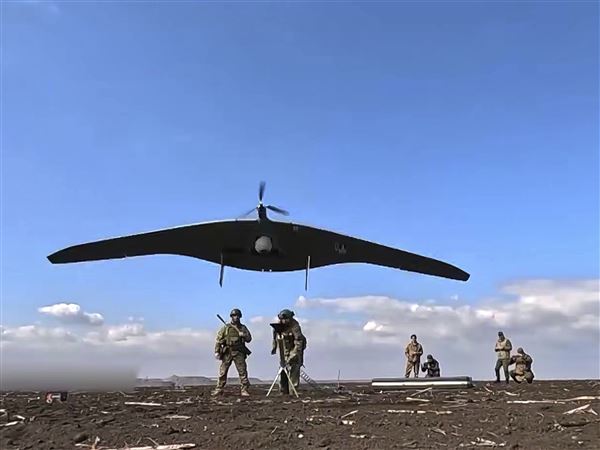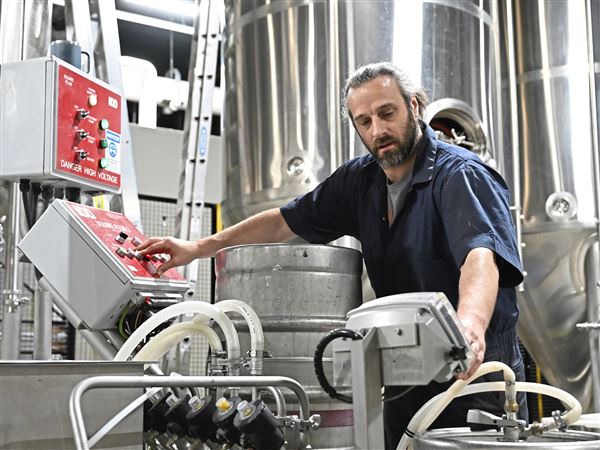When the state built the massive interchange of Interstate 79 and the Parkway West in the mid-1970s, two ramps were purposely omitted as part of a grandiose strategy for traffic flow.
By design, people coming south on I-79 and headed for Pittsburgh International Airport and nearby points were directed to Route 60, also known as Steubenville Pike, which wasn't as commerically developed at the time and was to be substantially upgraded.
Three decades later, the Pennsylvania Department of Transportation is catching up.
PennDOT officials yesterday showcased their $67.5 million I-79/Parkway West project that not only is providing the long-missing ramps but also is widening several miles of the parkway mainline, lowering a hill to improve safety and alleviating morning rush hour backups for I-79 north traffic headed out of the airport corridor.
"The interchange with the missing ramps created a unique situation," PennDOT District 11 Executive Dan Cessna said. "People from New York going to the airport can drive the entire distance on interstates, but when they get here, they have to drive through a business district."
The situation will change late this year. PennDOT will open the ramps enabling I-79 south traffic to go nonstop out the Parkway West, and inbound traffic on the Parkway West to travel I-79 north without being diverted to the congested Steubenville Pike with its signalized intersections and commercial driveways.
Mr. Cessna said the project is 70 percent complete. The entire contract is to be wrapped up next spring, facilitating travel for more than 150,000 vehicles a day that converge on the sprawling, soon-to-be tri-level interchange.
PennDOT is providing amenities to keep the heavy volume of traffic moving, including installation of automatic deicing equipment for winter driving, eight traffic surveillance cameras and changeable message signs.
The Parkway West will be eight lanes wide at one point -- two dedicated ramp lanes and three regular lanes in the inbound direction and three regular lanes outbound.
To build the ramps and widen the road, PennDOT's contractor had to remove water and seal abandoned coal mines, excavate more than 1.5 million cubic yards of earth and lower the mainline by as much as eight feet.
First Published: August 2, 2008, 8:00 a.m.














